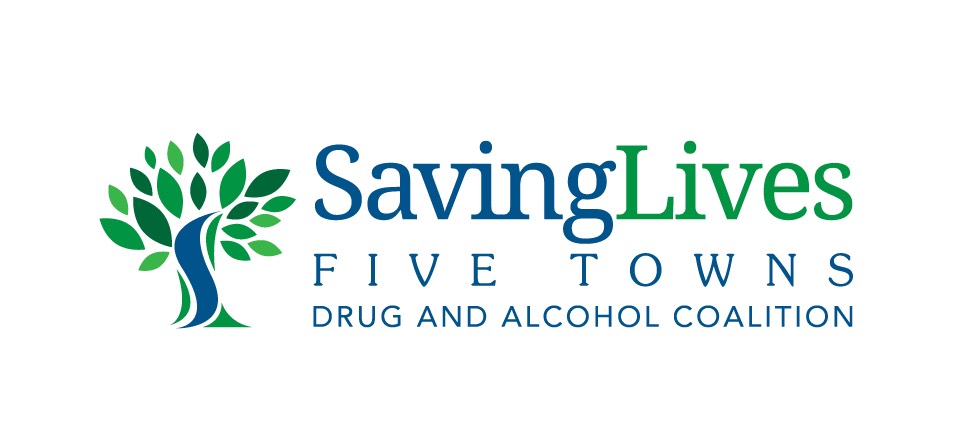What Is Prevention?
Prevention is about delaying the onset of first use, whether alcohol, tobacco or marijuana—the most commonly used substances among teens—until the brain has fully matured.
The earlier someone starts using substances, the greater their chances of developing a substance use disorder (SUD), and the more severe their illness is likely to be.
90% of Americans with a substance use disorder began using substances before the age of 18.
The adolescent brain is rapidly developing—learning and changing all the time. It can learn a language or musical instrument more quickly than an adult brain, but it can also be harmed more easily, which is why protecting the brain during this amazing period of development is so important.
The brain continues to develop until a person is in their early to mid 20s, with the regions of the brain that keep emotions and impulses under control and help us make decisions among the last to develop. This helps explain why young people are more likely to engage in risky behaviors, such as trying drugs and alcohol in the first place.
Other factors that put an adolescent at risk besides the age of first use include caregiver substance misuse, trauma, and a lack of social attachments. These are called individual factors, and they’re part of the “big three” in preventing addiction, along with environmental and genetic factors. Environmental factors include high drug availability, poverty, a lack of laws and enforcement, and social norms. And then there are genetic factors, which research suggests accounts for about half of a person’s likelihood of developing a SUD. While we can’t change our genetics, knowing about a family history of addiction should empower us to make different decisions about our substance use.
For every risk factor, there is a protective factor to counter-balance it. Prevention focuses on strengthening the protective factors that we can control to decrease the likelihood that a person or community will struggle with addiction.

While not every SUD can be prevented, much more can be done to target risk factors and strengthen protective factors.
The Role of the Community Coalition
Join Our Coalition
The U.S. currently has one of the highest rates of substance use and SUD in the world. Americans account for approximately 4 percent of the world’s population—and 27 percent of the world’s drug overdose deaths. Proven prevention programs should be implemented nationwide to reduce substance use, SUDs and overdose deaths.
Stopping the Cycle of SUD Within Families
SUDs run in families, not just because of genetics, but also because of the direct effects a family member’s illness can have on those around them. Parental SUDs can put children at risk for neglect, abuse, exposure to violence, and other adverse childhood experiences (ACEs).
These stressors can make children more vulnerable to initiating substance use at an early age and developing a SUD later in life. Parental substance use can also result in children losing a parent to overdose, incarceration or loss of parental rights. This trauma, as well as the economic impact on the entire family, can also increase the risk for substance use and addiction among impacted children.
When a family member has a SUD, it often means that those around them have increased access to substances—raising their risk of substance use and SUD. These factors, among others, can create a cycle of substance use and SUD within families.
There are more than 9 million children in the U.S. impacted by parental SUD and millions more with siblings suffering from this illness. And while there are no available data on the number of children who lose a parent to this disease, with 185 people dying every day from drug overdose the numbers are likely to be staggering. Targeted prevention interventions can help protect the next generation from experiencing the epidemic of overdose deaths that is currently ravaging our country.
Prevention is Proven and Cost-Effective
Evidence-based prevention programs can dramatically reduce rates of substance use and SUD. Dozens of programs have been found to significantly reduce substance use, some by over 50 percent.
Prevention policies can also be effective. For example, a 10 percent increase in the cost of alcohol can reduce binge drinking by nearly 10 percent among men and over 35 percent among women. And comprehensive programs, such as Communities that Care—an evidence-based framework for community engagement and coordination that can be used to implement proven prevention programs and policies—can reduce alcohol and tobacco use by over 30 percent among middle school students.
These programs can also be highly cost-effective. Rigorous evaluations have found many prevention programs are good long term economic investments, returning more to society than they cost.
While the initial investment is often made by community organizations or the education system, the return on investment comes through the health care and criminal justice systems, as well as through employee productivity. This can create challenges for finding sustainable funding for these programs.
Evidence-based prevention interventions, especially those that focus on early childhood, do more than decrease drug use; they also reduce mental health problems and crime and promote academic motivation and achievement.
Thus these programs can have tremendous, long-term benefits for the children and families they serve, as well as for society as a whole.

